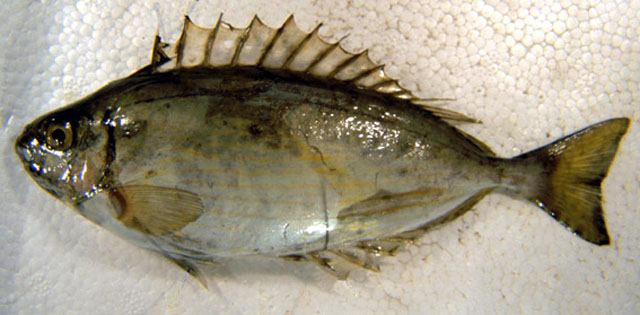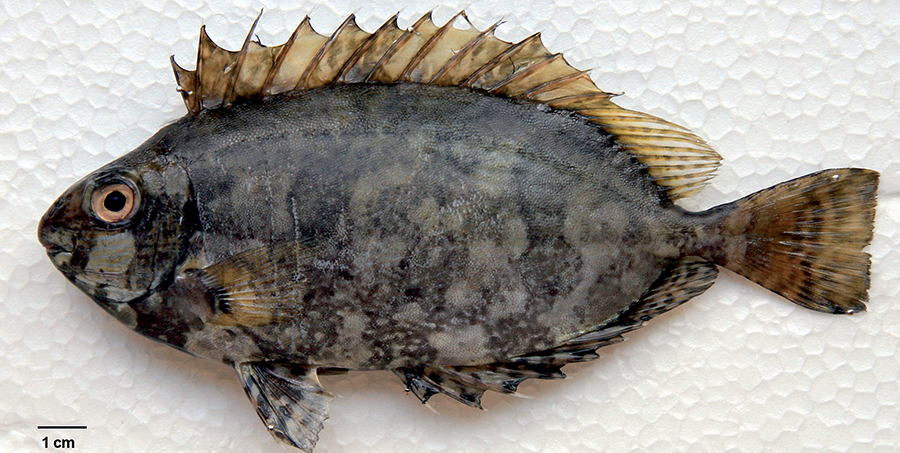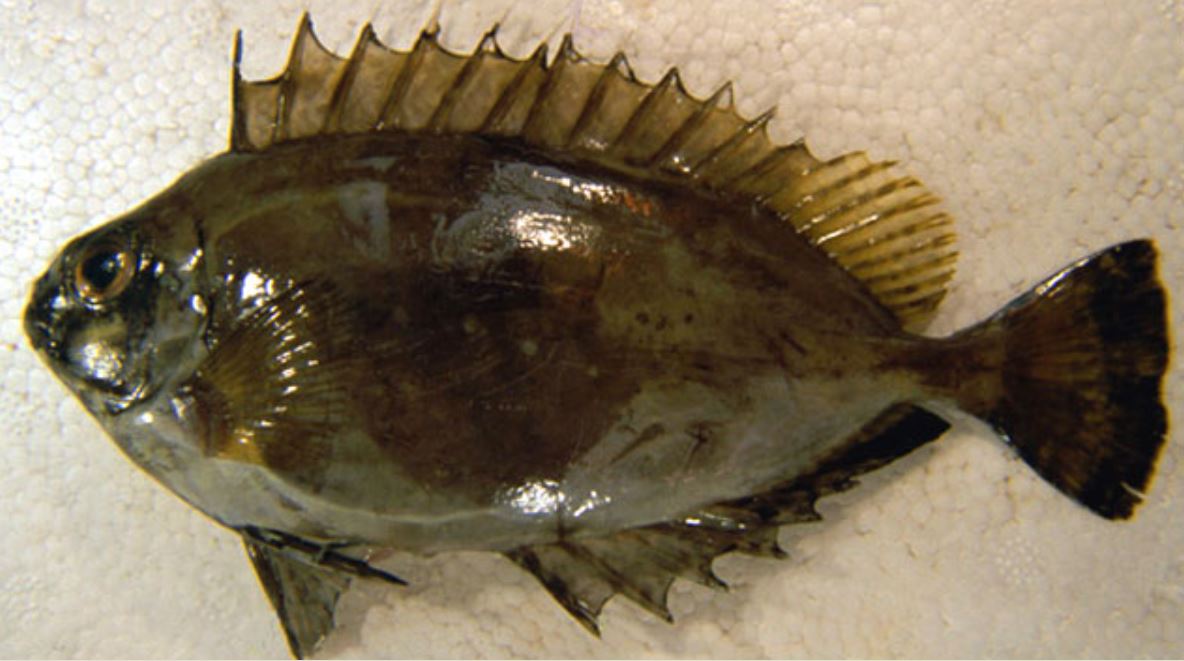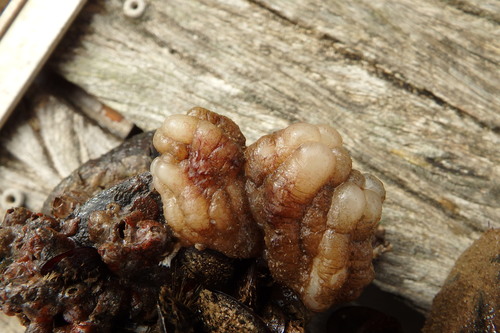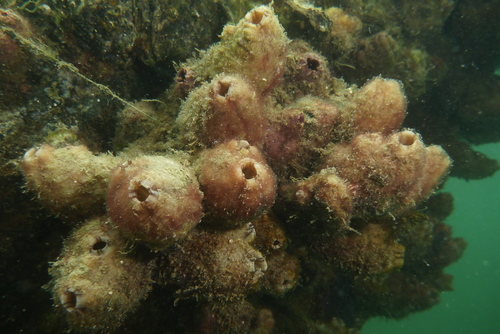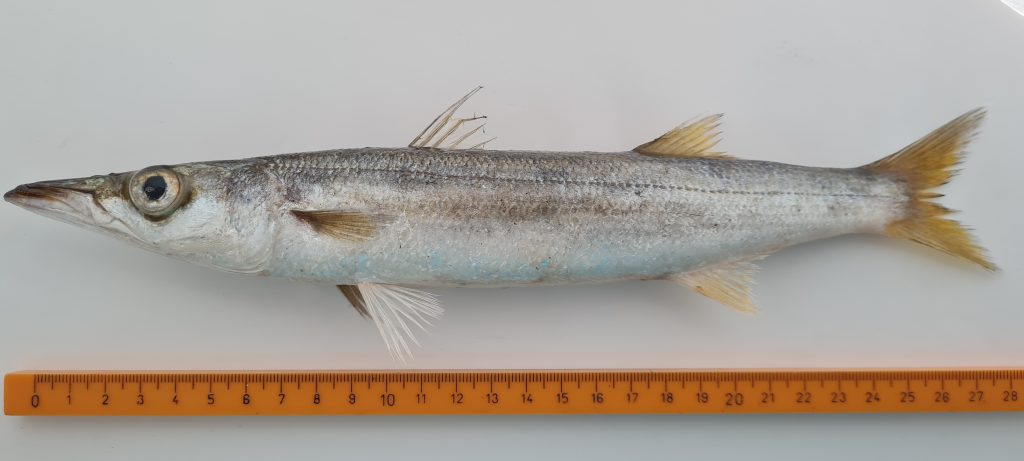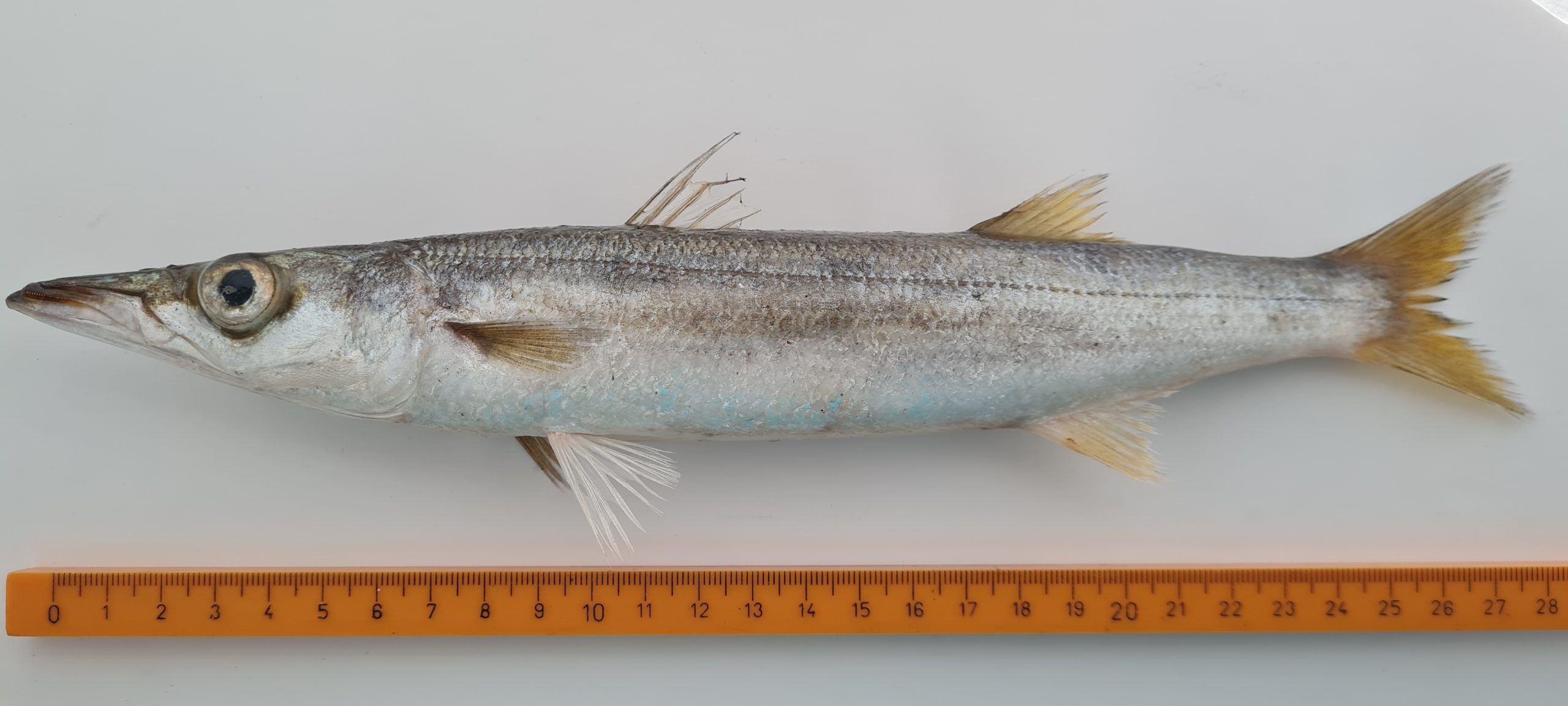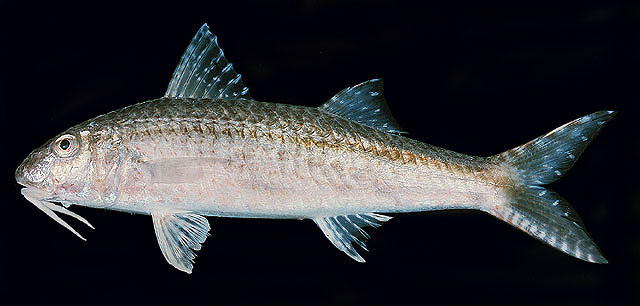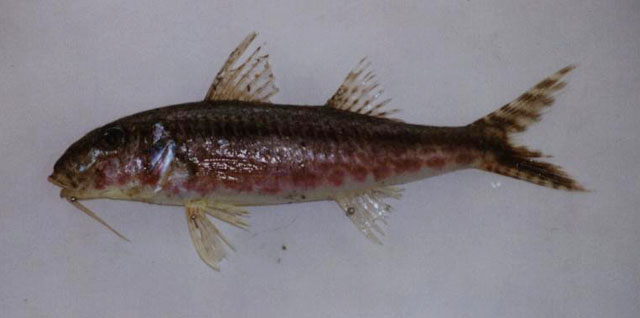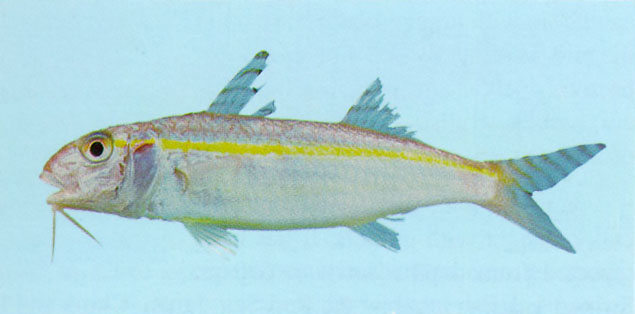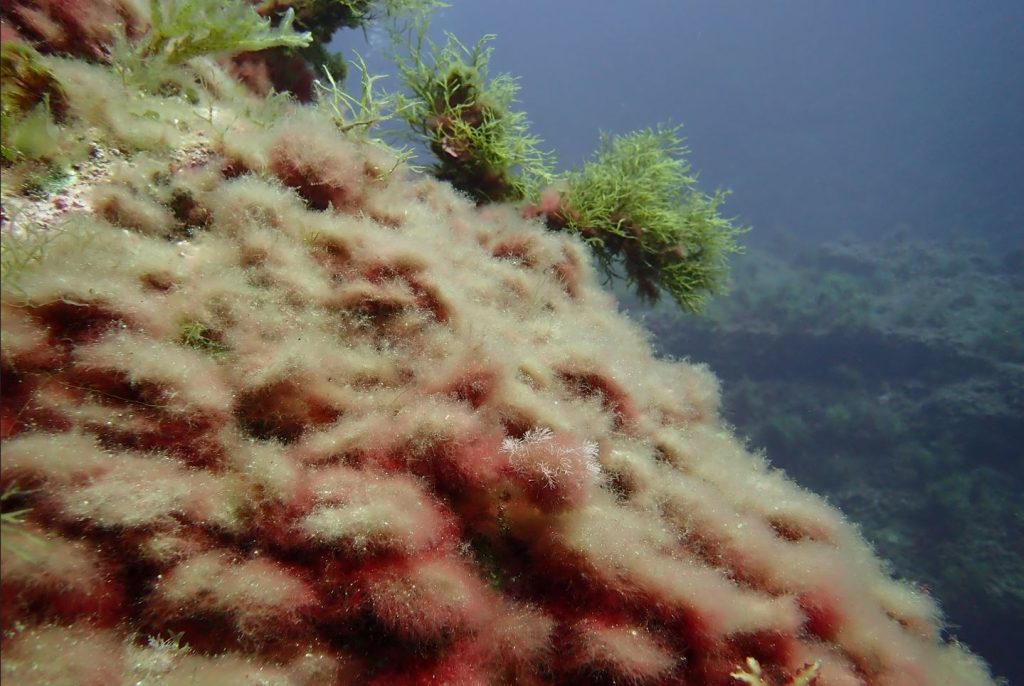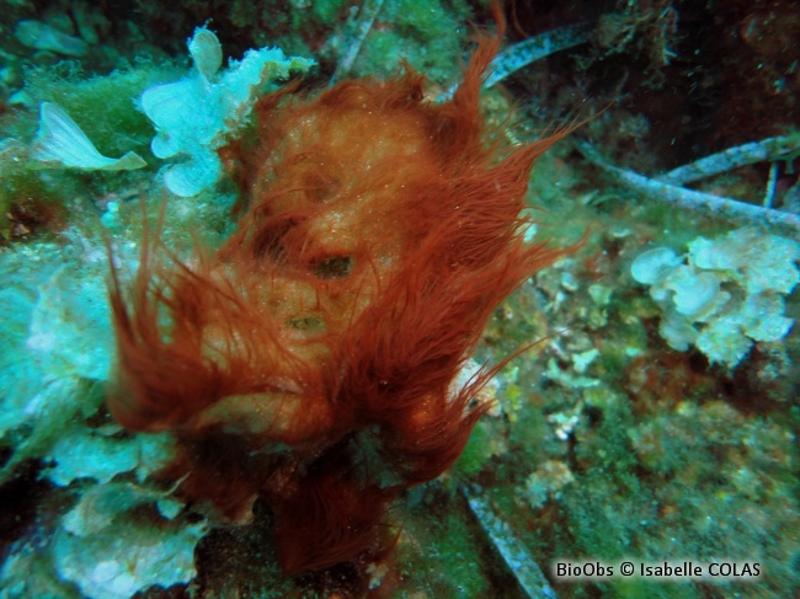Sargocentron rubrum
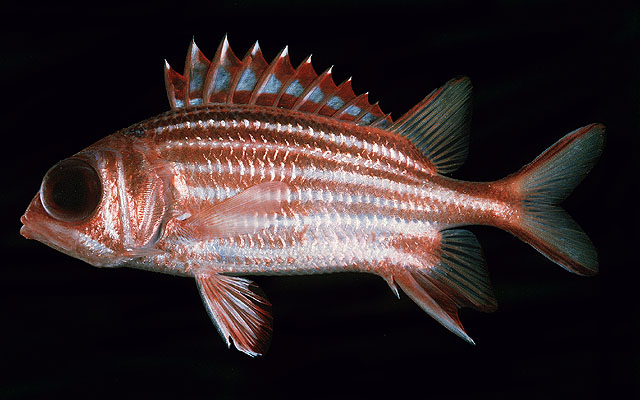
Sargocentron rubrum (Forsskål, 1775)
Body with subequal stripes of brownish red and silvery white; spinous dorsal fin dark red with a large, quadrangular, whitish blotch in middle of each membrane (except the first) forming a median band; dorsal membrane tips white, except posteriorly. Eye big.
Laskaridis, K. (1948a). Holocentrum rubrum (Forsk) and Lagocephalus lagocephalus (L.), two newly reported members of the Greek fishfauna (Dodecanesian islands). Proceedings of the Hellenic Hydrobiological Institut, 2: 127-129.
1947
UNA
Redcoat
Found in coastal reefs, silty reefs or wrecks in lagoons, bays, or harbors. Also found hidden in caves and cracks of rocks during the day, usually in areas subject to strong currents. Feeds mainly on benthic crabs and shrimps, also preys on small fishes. Spine of preopercle venomous.
No impact on biodiversity has been reported to date.
The venomous spine might cause a painful sting. No reports on severe cases.
Yes
Yes (painful sting)
Records of Sargocentron rubrum
Sites where Sargocentron rubrum has been recorded in the Hellenic Seas.
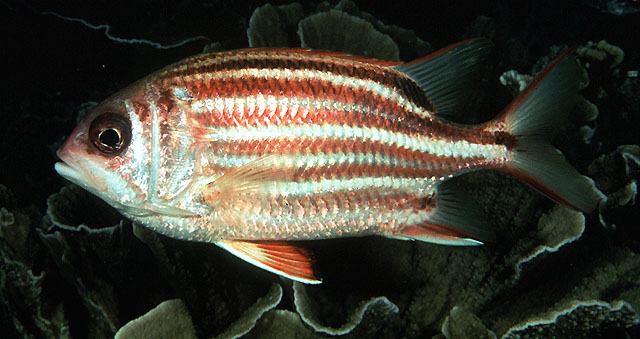

Sargocentron rubrum Read More »

